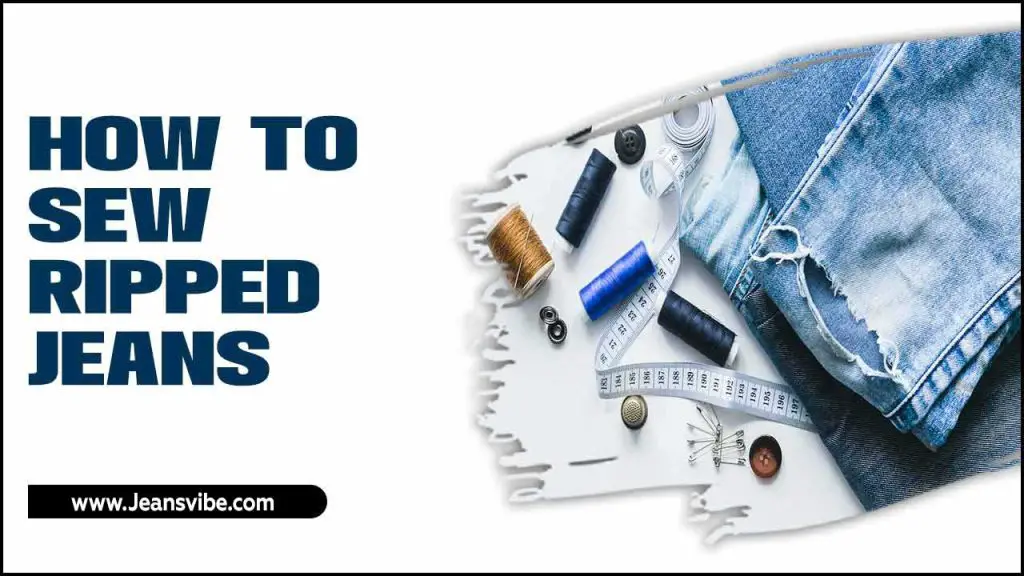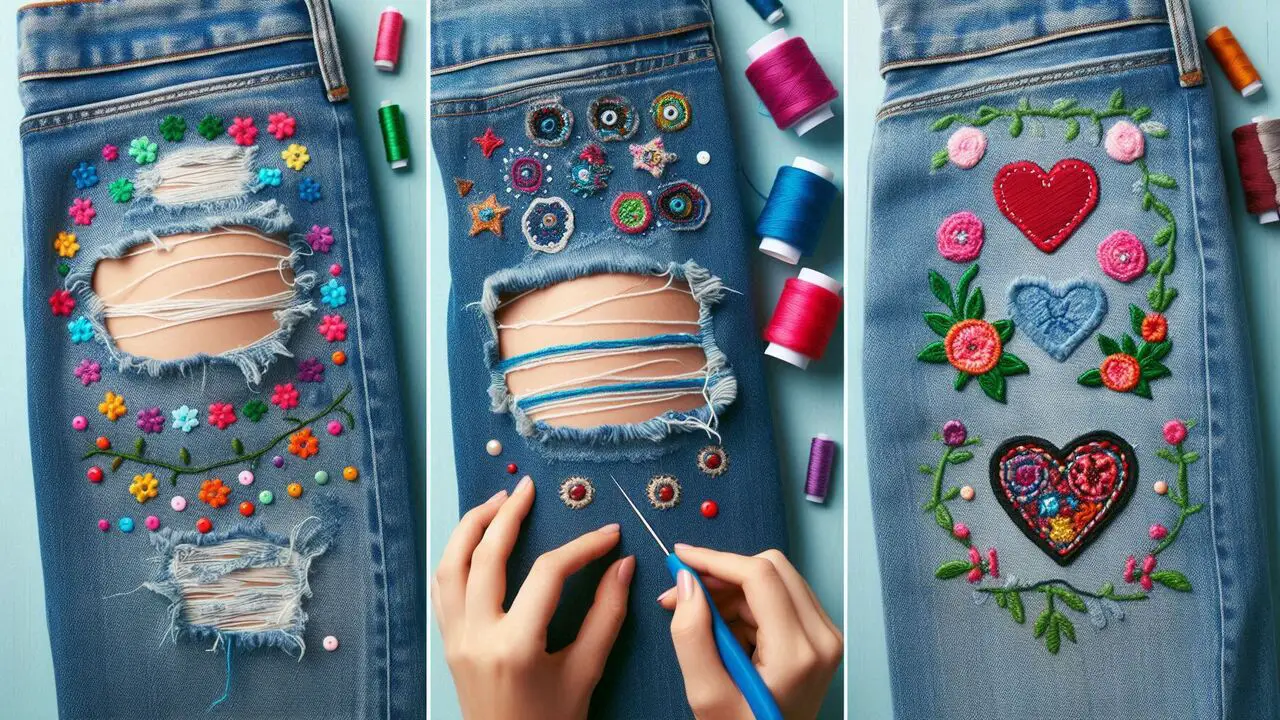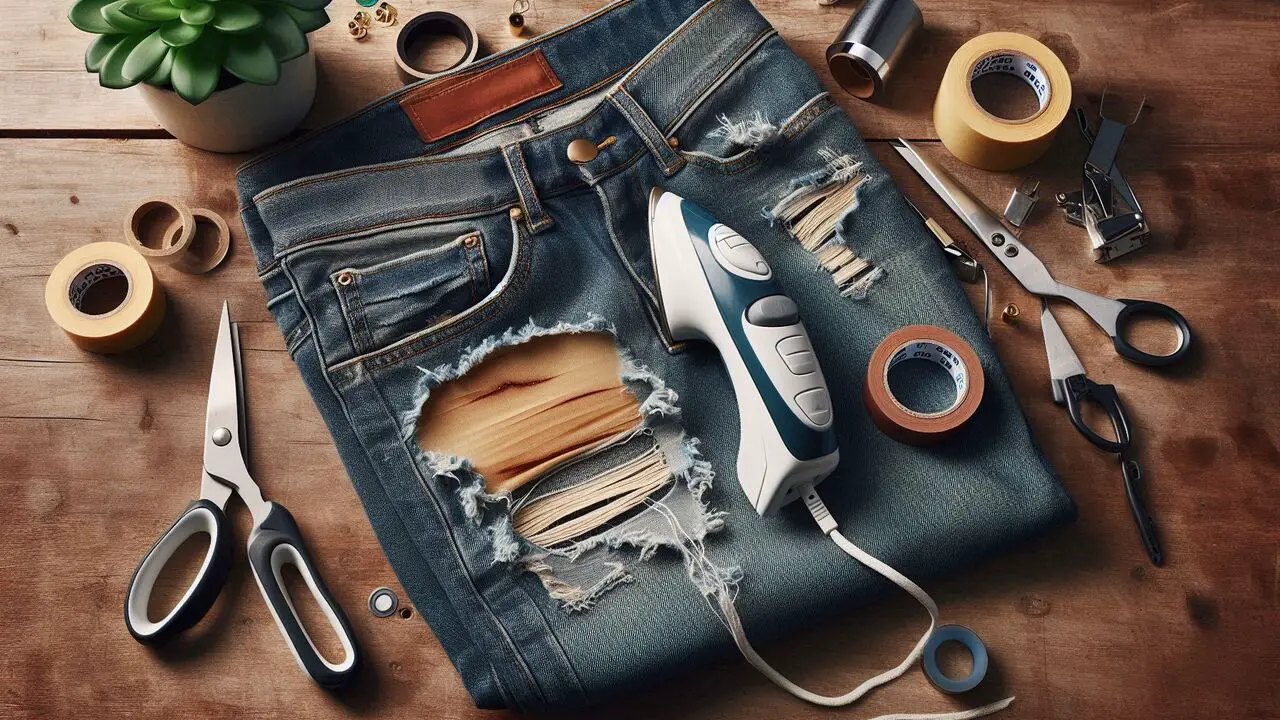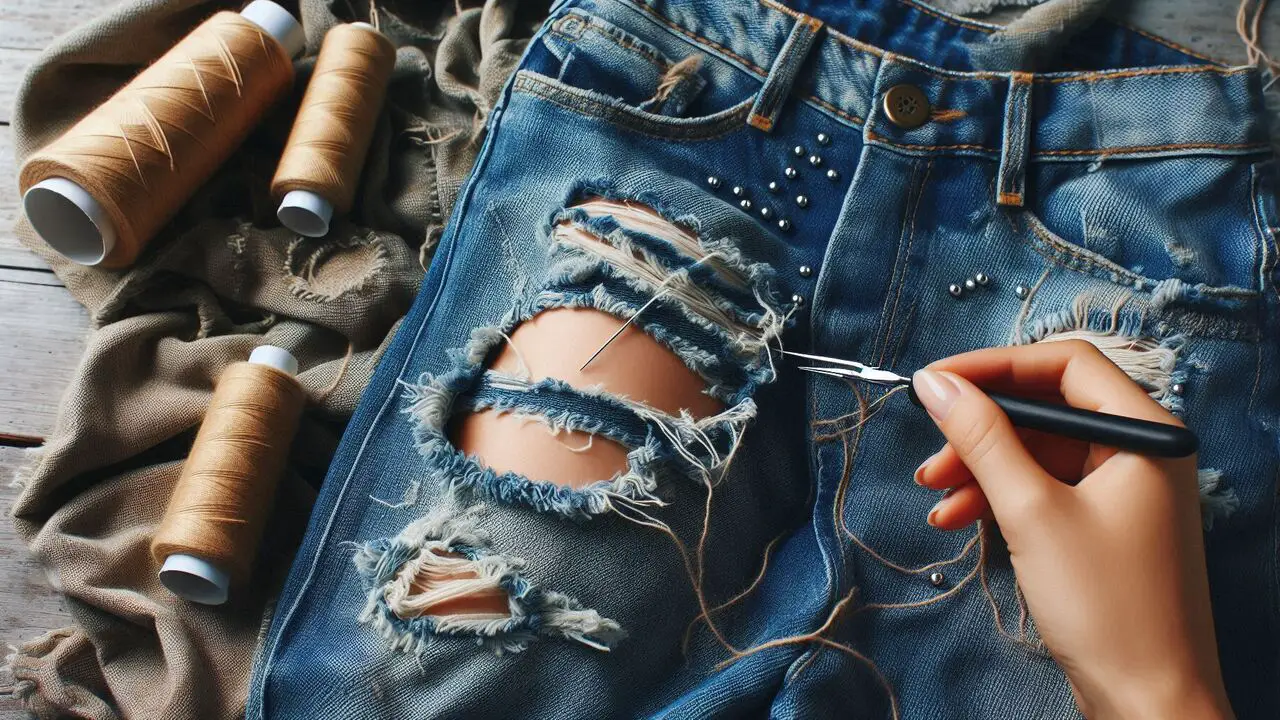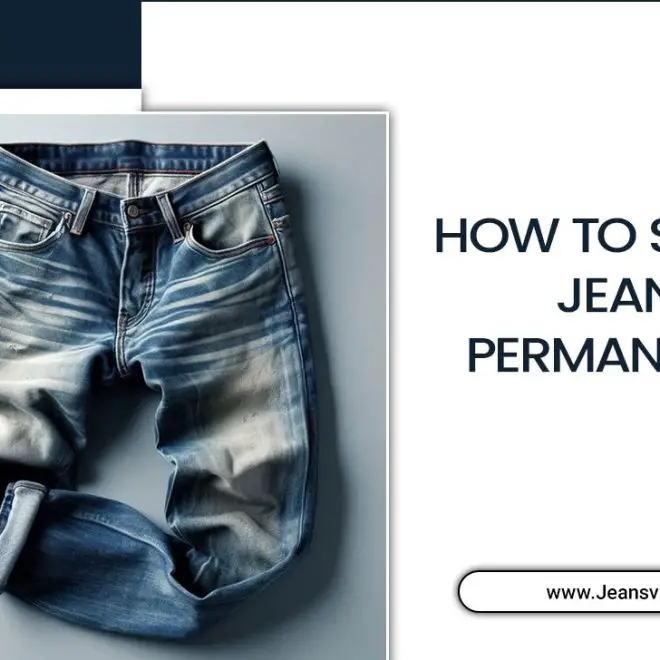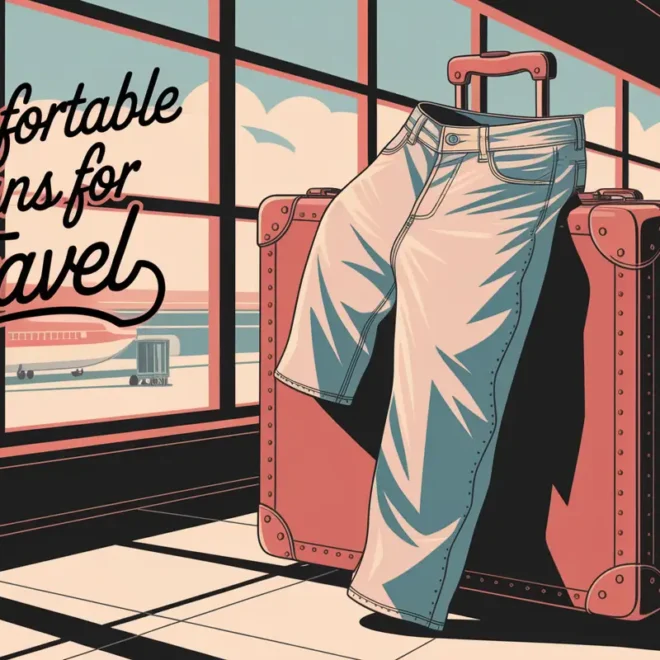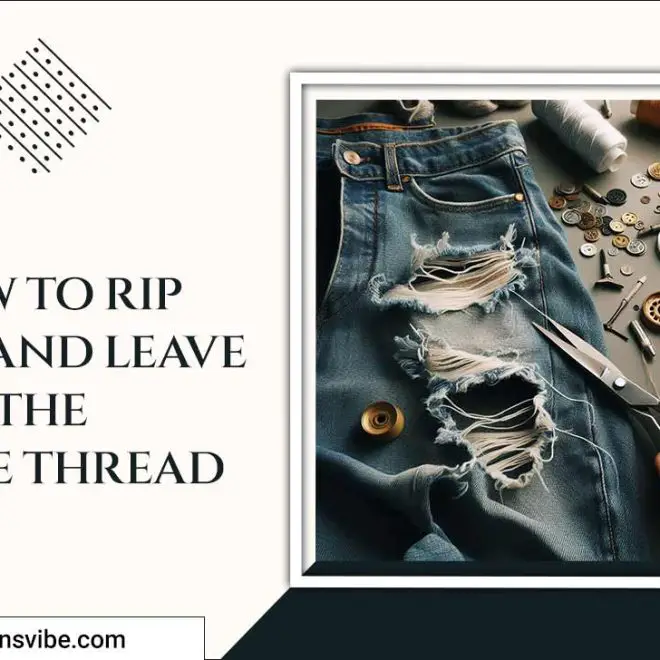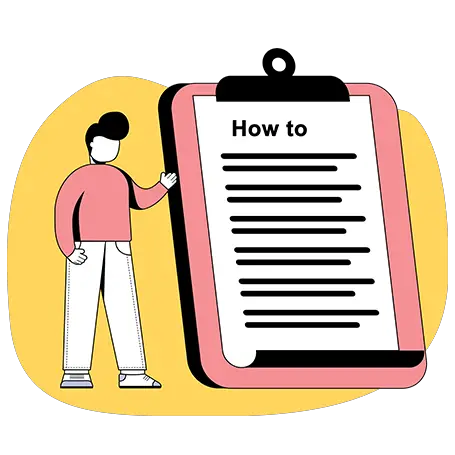Ripped jeans are a popular fashion trend that adds a rugged, casual edge to any outfit. While the distressed look is intentional, sometimes the tears can become too large or uncomfortable, necessitating a repair.
Knowing how to sew ripped jeans can save you money and extend the life of your favorite pair. Whether you’re looking to restore a small tear or tackle a more significant rip, learning the basics of sewing can help you achieve a professional finish. We’ll cover the essential techniques and tools needed to repair ripped jeans, ensuring they look stylish and well-maintained for years to come.
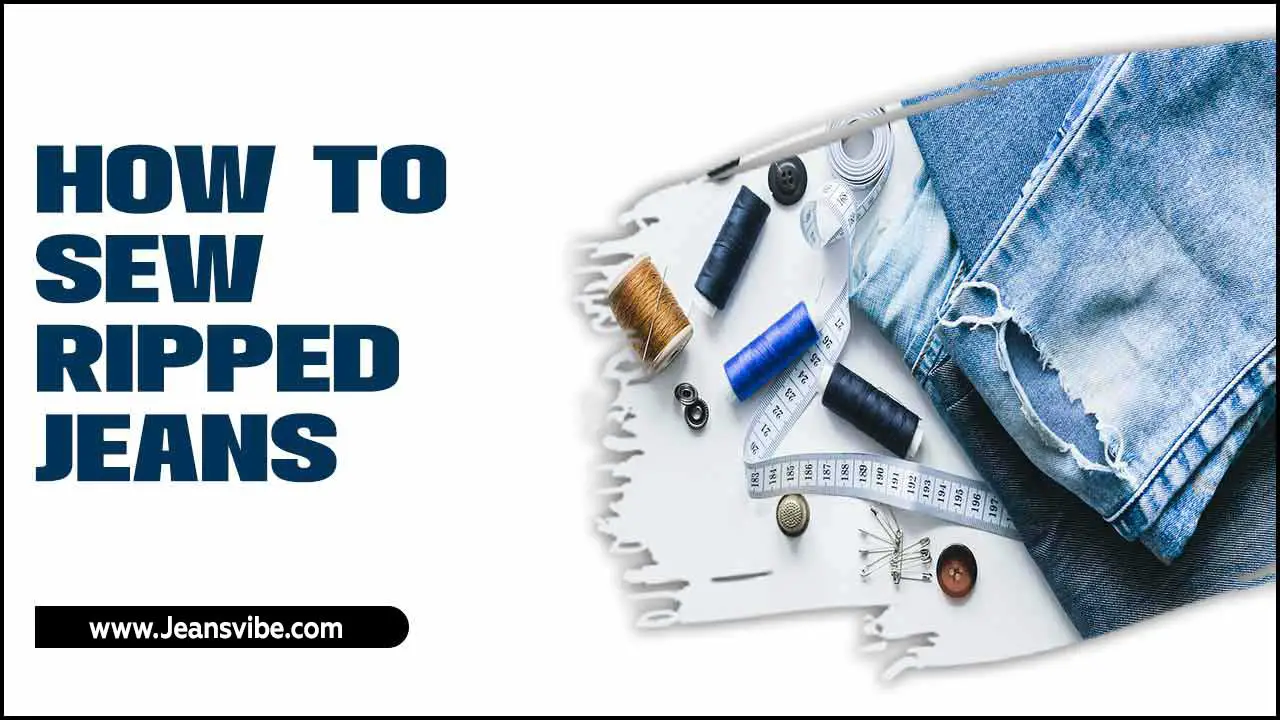
1.What Is The Best Stitch For Ripped Jeans?
The best stitch for repairing ripped jeans is the zigzag stitch. It provides flexibility and durability, allowing the fabric to stretch without breaking the thread. For a more seamless look, consider using a straight stitch with a patch underneath the rip for reinforcement.
2.How To Fix A Rip In Jeans Without Sewing?
To fix a rip in jeans without sewing, use fabric glue or iron-on patches. Clean the area around the rip and apply fabric glue to the edges, pressing them together firmly.
Alternatively, cut an iron-on patch slightly larger than the rip, place it over the damaged area, and use an iron on a low setting to adhere it, following the manufacturer’s instructions. For a temporary fix, use clear tape or a safety pin on the inside. Lastly, consider using a decorative patch or embroidery for a stylish touch.
3.Can A Tailor Fix Ripped Jeans That Have Ripped Too Much?
Yes, a tailor can often fix ripped jeans, even if the damage is significant. They can use techniques like patching, reinforcing, or even creatively redesigning the jeans to restore their functionality and style. Depending on the extent of the damage, the tailor may suggest options like adding fabric patches, sewing up the rips, or altering the fit.
4.Do You Need To Use Glue If You Sew On The Patch?
No, you don’t need to use glue if you sew on the patch. Sewing provides a secure attachment, ensuring the patch stays in place through wear and washing. However, some people choose to use a small amount of fabric glue temporarily to hold the patch in position while sewing. This can help achieve better alignment.
5.How Can You Prevent Your Ripped Jeans From Ripping Too Much?
To prevent your ripped jeans from ripping further, consider these tips:
-
- Avoid excessive stretching by choosing the right size;
- Reinforce rips with patches or fabric glue to stabilize them;
- Wash in cold water and air dry to reduce stress on the fabric;
- Limit activities that may strain the fabric, like squatting or bending extensively;
- Store them properly, avoiding tight folding that may pull at the seams.


